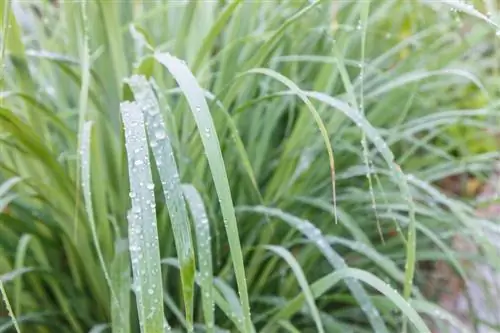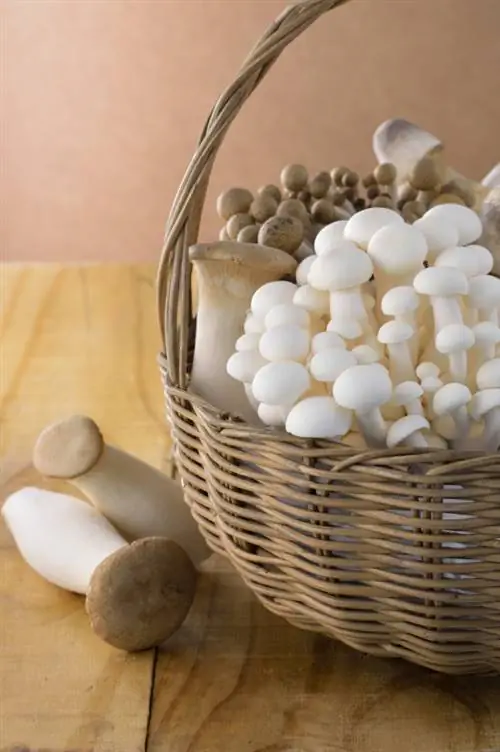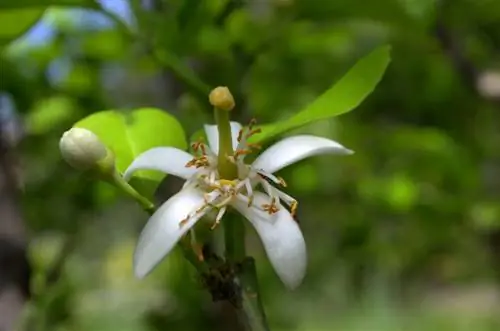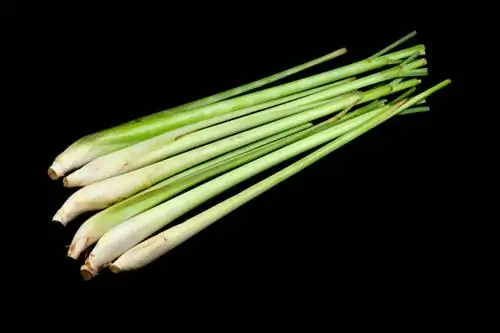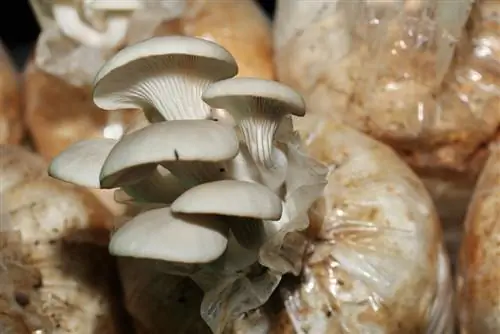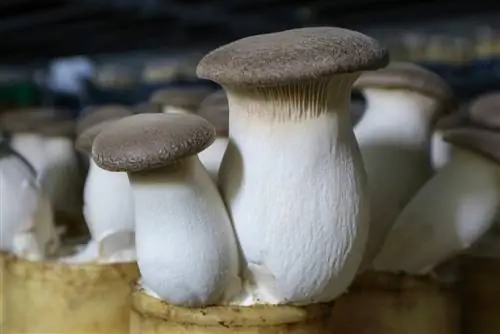- Author admin [email protected].
- Public 2023-12-16 16:46.
- Last modified 2025-01-23 11:20.
Do you appreciate the exotic, lemony taste and the characteristic note that lemongrass gives to Asian dishes? If you would like to always have freshly harvested lemongrass on hand, you can easily grow the Asian spice yourself and harvest it from the windowsill or balcony if necessary.
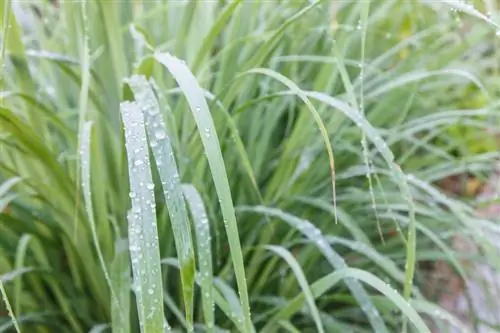
How can I grow lemongrass successfully?
To grow lemongrass yourself, you can either let fresh stems root in a glass of water, sow seeds in potting soil or propagate an existing perennial by dividing it. With all methods, warmth, light and nutrient-rich soil are important for successful growth.
Root purchased stalks in a glass of water
You can get fresh lemongrass in many supermarkets or Asian stores. Place some of the stems in water about two inches deep and place the container in a warm, bright place. After about a week, tender roots begin to sprout. As soon as the roots have reached a length of two to three centimeters, you can move the lemongrass into a flower pot with nutrient-rich soil.
Growing lemongrass from seeds
You can get lemongrass seeds for growing yourself in any well-stocked plant shop. Proceed as follows when sowing:
- Fill pots with potting soil.
- Sprinkle the seeds onto the soil and press them down a little.
- Wet carefully with a sprayer.
- Cover the planter with a hood or a transparent plastic bag (€12.00 on Amazon) (greenhouse climate).
- Air daily to avoid the formation of mold or rot.
- Lemongrass is a warm germinator and only sprouts at temperatures above 20 degrees Celsius.
New perennials through division
Perhaps friends have a vigorously growing lemongrass perennial from which you can grow new plants by dividing it. The right time for division is spring or autumn, when the plant moves outdoors or is brought back indoors to overwinter.
- Remove the lemongrass from the planter.
- First cut open-air plants all around and lift them out of the ground with the digging fork.
- If possible, carefully pull apart the roots by hand and divide them into individual pieces.
- You can also cut densely grown root balls with scissors.
- Remove dead plant material.
- Place plants in nutrient-rich soil and water.
When dividing, make sure to injure the roots and bulbs as little as possible. Lemongrass is quite sensitive in these areas and new stalks often do not grow from damaged root parts.
Tips & Tricks
The germination rate of lemongrass is low and is only 40 to 60 percent. The seeds can therefore be scattered relatively densely. Seedlings that are too tight can be separated as soon as they have reached a size of around ten centimeters and grown in small pots.

